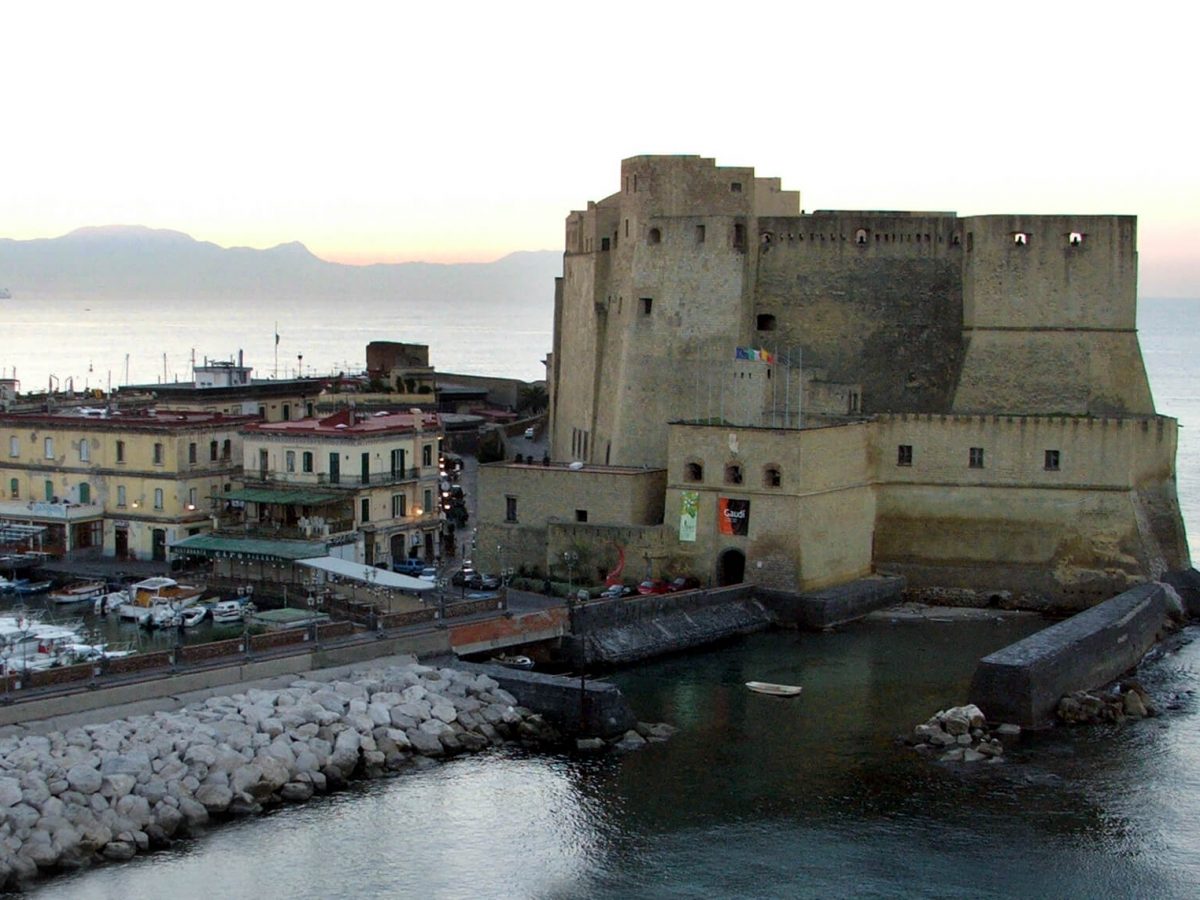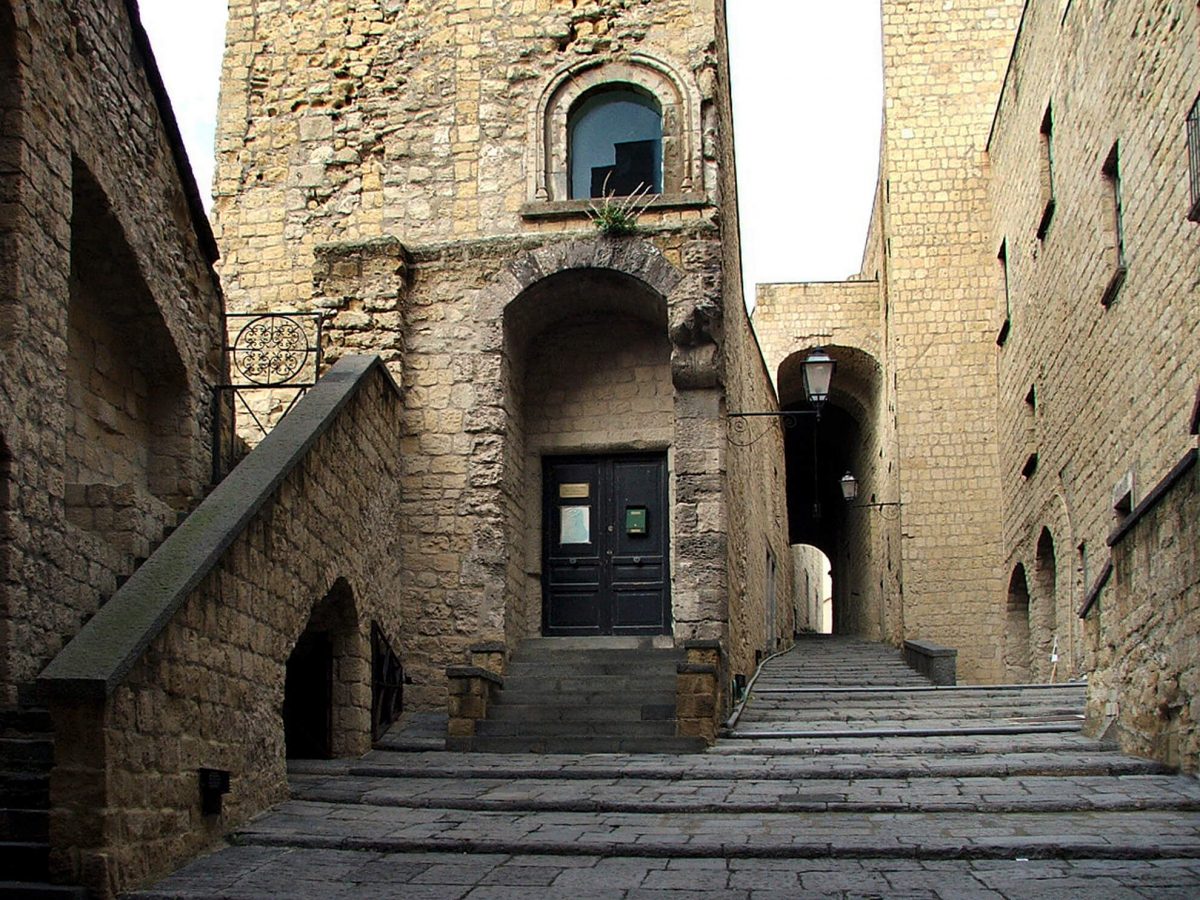Naples is a major port city in the centre of the ancient Mediterranean region. Its origins go back to its foundation as Parthenope or Palaepolis, subsequently re-established as Neapolis in 470 B.C. It is therefore one of the most ancient cities in Europe, whose current urban fabric preserves a selection of outstanding elements of its long and eventful history, as expressed in its street pattern, its wealth of historic buildings and parks, the continuation of many of its urban and social functions, its wonderful setting on the Bay of Naples and the continuity of its historical stratification. Naples was among the foremost cities of Magna Graecia, playing a key role in the transmission of Greek culture to Roman society. It eventually became a major cultural centre in the Roman Republic. In the 6th century A.D., Naples was conquered by the Byzantine Empire, becoming an autonomous Duchy, later associated with the Normans, Swabians, and the Sicilian reign. With the Angevin dynasty (1265-1442), Naples became the living symbol of the prestige, dignity, and power of the dynasty. The city expanded to include suburbs and neighbouring villages. From the 15th to 17th centuries, Naples was governed by the Aragonese, who remodelled the defences and street patternas well as in the following Spanish period. From 1734, under the government of the Bourbons, Naples emerged as one of the major capital cities of Europe. The component parts of the property are: the Historical Centre of Naples; the District of Villa Manzo, Santa Maria della Consolazione; Marechiaro; the District of Casale ; the District of Santo Strato and the Villa Emma.
Historic Centre of Naples
Criterion (ii): The city’s setting on the Bay of Naples gives it an Outstanding Universal Value which has had a profound influence in many parts of Europe and beyond. Naples has exerted great influence on the rest of Europe ever since the antiquity, as a major centre in Magna Graecia and of the Roman Republic. Its role as one of the most influential cultural centres in the Mediterranean region was reconfirmed in the Middle Ages and again from the 16th to 18th centuries, being one of the major European capitals, and exerting important influences in many cultural fields, especially related to art and architecture.
Criterion (iv): Naples is one of the most ancient cities in Europe, whose contemporary urban fabric preserves the elements of its long and eventful history. The rectangular grid layout of the ancient Greek foundation of Neapolis is still discernible and has indeed continued to provide the basic form for the present-day urban fabric of the Historic Centre of Naples, one of the foremost Mediterranean port cities. From the Middle Ages to the 18th century, Naples was a focal point in terms of art and architecture, expressed in its ancient forts, the royal ensembles such as the Royal Palace of 1600, and the palaces and churches sponsored by the noble families.
Document
-
Documentazione
-
Documentazione
-
Documentazione
-
Documentazione
-
Documentazione
-
Documentazione
-
Mappa
-
Sito Web
-
Sito Web


